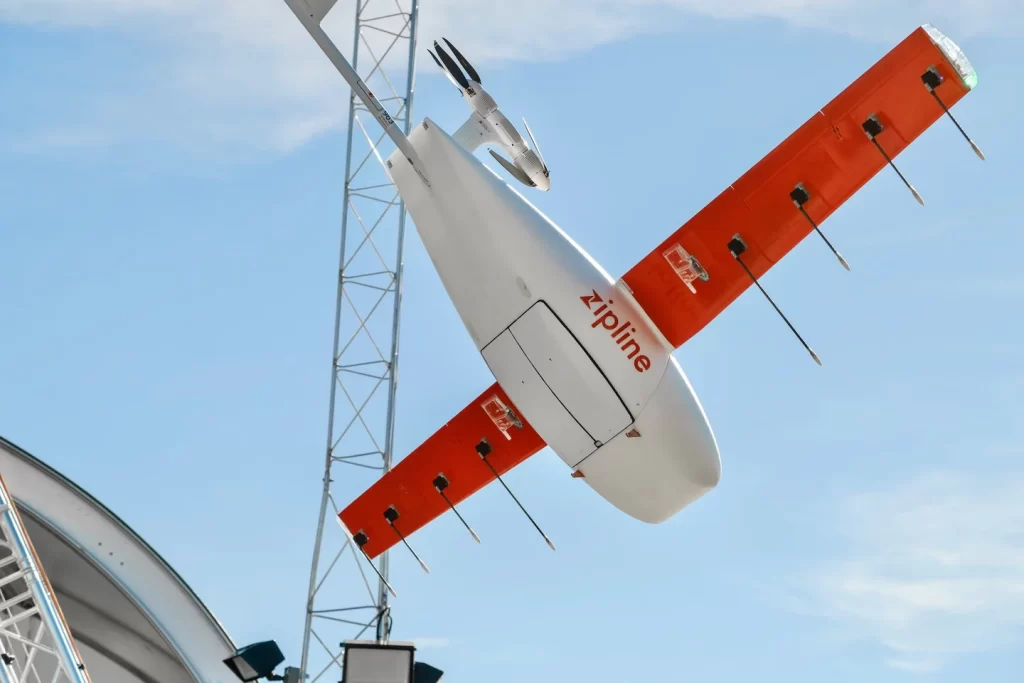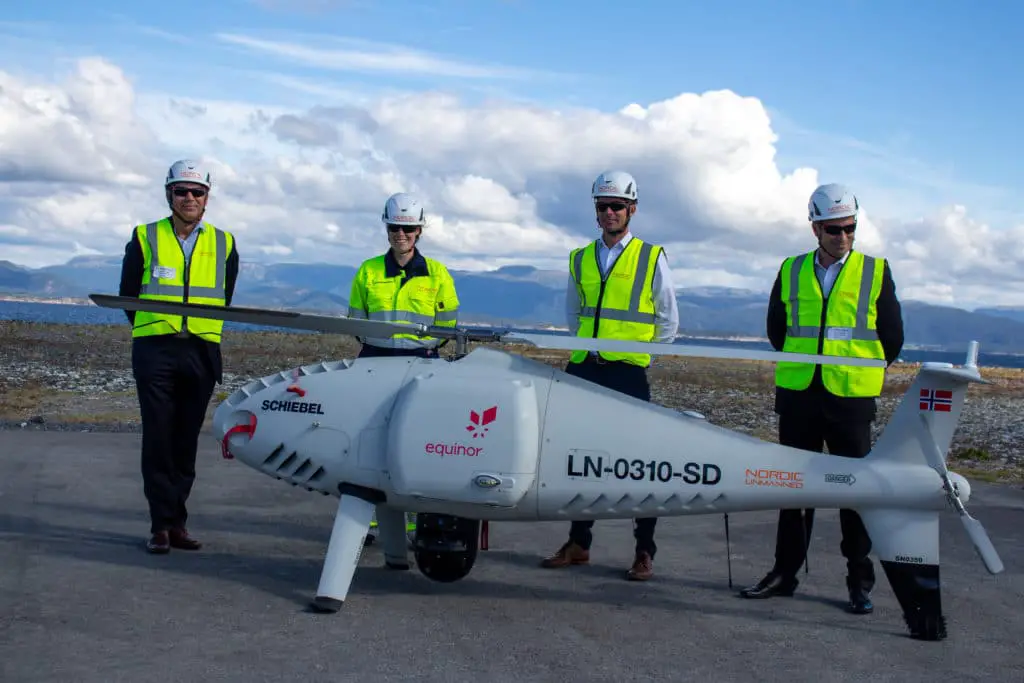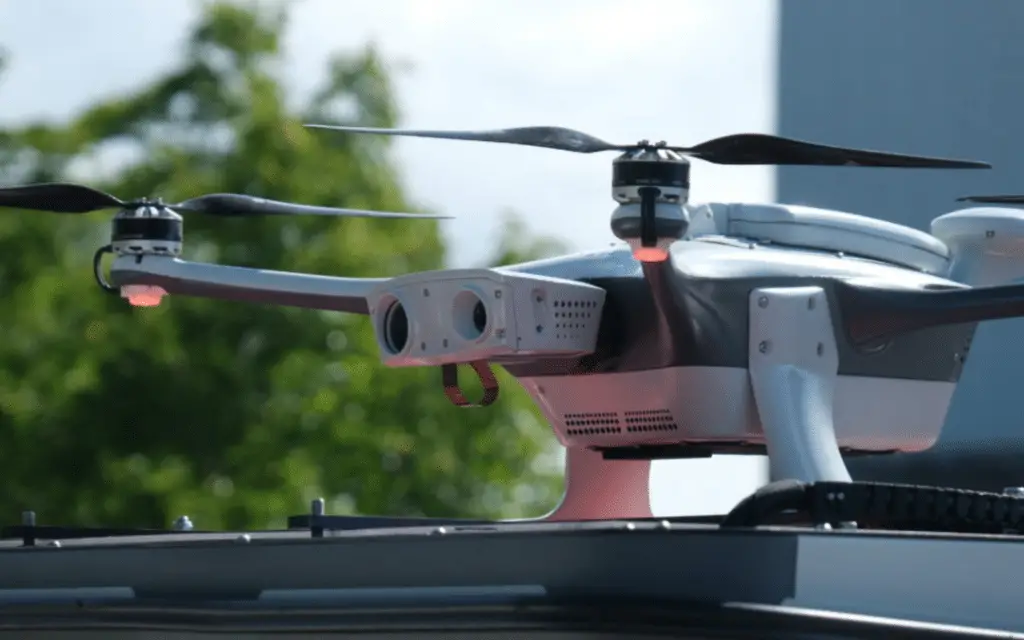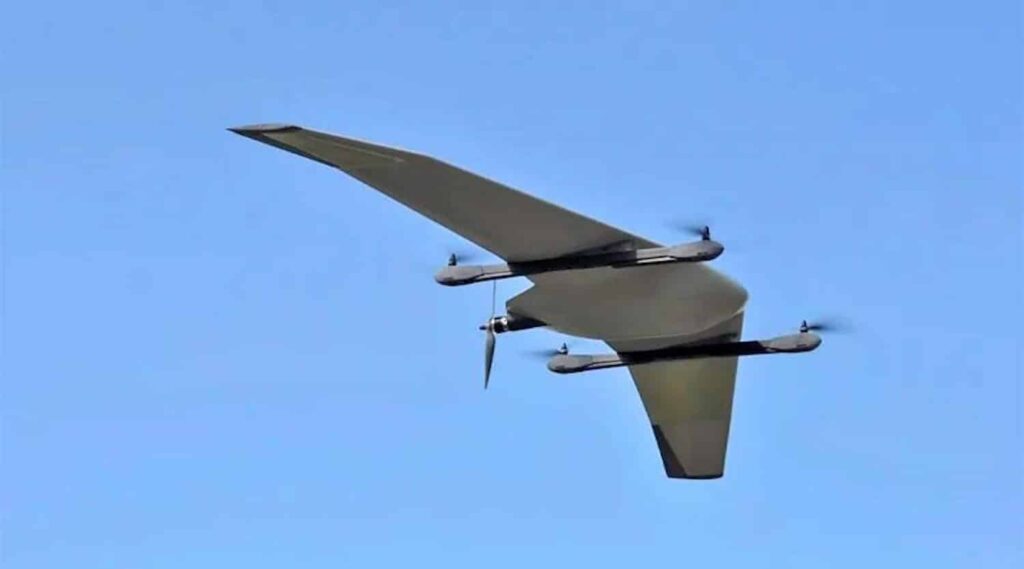Overview
| Industry | Delivery & Logistics | No of Employees | 780 |
| Country of Origin | United States | Funding | $491M |
| Countries of Operation | 4 | Revenue | $178.7M |
| Founded (Year) | 2014 | Valuation | $1.2B |
| Age (Years) | 9 | Followers | 75,499 |
Summary
Zipline International is a logistics and delivery company that designs, manufactures, and operates the drones it uses to carry out its daily business operations. Thanks to the swiftness of its workers and the speed of the drones, they have been able to deliver medical products and commodities to health centers in countries where they operate.
Keller Rinaudo founded Zipline in 2014 after he realized that Romotive might turn out to lose against its competitors in the nearest future.
In a 2016 interview with Pando, after Zipline just got its Series B funding, Keller was asked when he knew Romo wasn’t going to work, and he said: “Honestly, we probably knew it really early. You just think, how long do you want to just stick with it as opposed to doing something else? We worked for several years trying to make a robotic toy better and better, and it took me a year and a half to realize we were fooling ourselves about what the competition was. We were thinking the competition was other toys when it was a game like Minecraft and apps on phones. If we’d compared ourselves to true competition– competition for a 12-year-old’s time– this is not a battle that robotics was going to win.“
Soon after the decision to shut Romotive down, Keller met with William Hetzler and Keenan Wyrobek, his cofounders. They traveled around different African countries, thinking about how drone-backed logistics could help with the timely delivery of medication.
Shortly after the trio visited Africa, Zipline was born, and it began operating in Rwanda in 2016. Keenan headed the team of engineers that built Zipline’s drones, ensuring they could work under any weather.
Zipline’s mission is to help save lives through speedy medication delivery to the health centers that need them. The journey to fulfilling that dream started with opening the first Rwandan distribution center in 2016. Presently, the company powers Rwanda’s national blood delivery network and Ghana’s COVID-19 vaccine distribution, ensuring they are available to patients who need them on time.
After opening its first distribution center in 2016, Zipline International opened nine others across four countries, including Ghana, the US, Japan, and Rwanda. Arrangements are also underway for Zipline to begin operations in Nigeria, the Philippines, and India. Test deliveries are currently being conducted in Kaduna state, Nigeria.
A few months after Zipline began operations within the US in 2020, it teamed up with Walmart to deliver select consumable items and health and wellness products directly from the Walmart store in Pea Ridge, Arkansas. The service became active in November 2021.
Zipline’s drones, also called Zip, have been upgraded from the specifications of the first generation drones. There have also been some changes in their appearance, but the takeoff and landing mechanism remains the same.
The latest technology coming from Zipline is the detect and avoid mechanism, which will use a special microphone to “listen” for the sounds of nearby aircraft and then dodge them to avoid a collision. This technology is necessary for the future of the company and the autonomous logistics industry as a whole. As the industry expands and several companies begin operations within a single country, it is only a matter of time before two drones from two different companies cross paths mid-air. The tech will ensure there is no collision.
So far, ZIpline International has received $491M in funding as it keeps working towards its mission of “delivering critical and lifesaving products precisely where and when they are needed, safely and reliably, every day, across multiple countries.“
Industry
Zipline International is an on-demand logistics and delivery business. The company can also be seen as a robotics company since it designs and makes its drones.
Country of Origin
Zipline is an American company headquartered in South San Francisco, California, United States.
Countries of Operations
As of August 2022, Zipline operates in four countries: Rwanda, Ghana, the United States, and Japan. The company has also announced an agreement to begin operations in five other countries, including India, the Philippines, Nigeria, Cote D’Ivoire, and Kenya.
Zipline’s first production distribution center was in Muhanga, Rwanda, and it had a demonstration operation in Australia in 2019, involving the US and Australian militaries.
Age
Zipline has its origins traced back to Romotive: the now-closed robotics company founded in 2011. The company produced a robotic toy named Romo which users can only control from an iPhone. In 2014, the founder, Keller Rinaudo, closed Romotive and started a new journey into the world of medical delivery by drones.
Size
Since it began operations, Zipline has opened ten distribution centers across four countries and proposed the construction of eight new centers across the five countries where operations are expected to commence soon. According to their LinkedIn page, the company has a total of 782 employees at the time of this article.
Founders/CEO
Keller Rinaudo.
Keller is a robotics expert and the current CEO of Zipline. He graduated from Harvard University, where he studied Economics and Biotechnology. While at Harvard, he built computers with RNA and DNA, which he said could function in human cells as molecular doctors. He founded the famous Harvard climbing wall in 2006 as a basic construction alongside Karl R. R. Kuryla, a Harvard Business School student. The climbing wall was later upgraded and moved to the Quadrangle Recreational Athletic Center in 2017, where it became part of the school’s official recreational properties.
Before starting Zipline Internationals, he founded Romotive in 2011, a robotic toy company. Romotive became so successful that Keller turned down his admission into Harvard Business School to focus on the company.
Keenan Wyrobek
Keenan joined Keller Rinaudo after Romotive crashed in 2014 to start Zipline. He is Zipline’s current CTO and also a robotics expert who functioned in other companies before co-founding Zipline. He was among the founding teams of Neato Robotics in 2005, after which he founded Stanford Personal Robotics Program.
Keenan also studied at Stanford University, Stanford, California, where he got his MSc in Mechanical Engineering. Before Stanford, he graduated from Johns Hopkins University with a bachelor of science certificate in Engineering Mechanics. Upon completing his MS, Keenan proceeded with a Ph.D. program in Philosophy also at Stanford University. However, he took a leave of absence in 2007 to work with Willow Garage on the Robot Operating System (ROS), a robotics software platform. He never went back.
William Hetzler
William Hetzler founded Zipline alongside Keenan and Keller, but he is no longer with the company.
Chief Pilot
Bryan Kopp is Zipline International’s chief pilot. He joined the business in January 2018 as the Flight Test Operations Lead, after which he was promoted to his current position as the chief pilot in December 2019.
Before joining Zipline, Bryan had no work experience as a pilot or drone operator in any company. However, in 2013, the FAA certified him as a private pilot for single-engine/land aircraft, meaning that he is licensed to fly a plane with a fixed wing that has only one engine and can only land on land. Then in January 2018, he got the FAA certification as a Part 107 Remote Pilot Operator.
Bryan spent a good number of years working in photography, during which he founded Bryan Kopp photography and ran the business between 2009 and 2019.
Competitive Edge
Zipline International announced in 2018 that it had built the world’s fastest commercial delivery drone that can hit 128km/h. And although there were no announcements confirming the release of new drones, there are reports that Zipline’s drones now go as fast as 160km/h. Besides, it has only one published incident of a delivery gone south in over 315,000 flights since its inception. The swiftness and experience in parcel delivery give the company some advantage over its competitors.
Controversy
Although minor, Zipline International has had its share of controversial news published about it in the past. Probably the loudest of these was the piece published on CS Monitor, which took the standpoint that drone deliveries wouldn’t have been necessary for Rwanda if the roads were good.
A portion of the Ghanaian legislators also resisted Zipline when the project was submitted for review, requiring the company to defend itself before the parliament. Besides these more popular controversies are several snide remarks made by individuals spread all over the internet. Despite these controversies, the company keeps forging ahead.
Aircraft
Zipline International uses autonomous drones to deliver medical supplies. The drone is supported by artificial intelligence and flight software which oversees its navigation and delivery of packages.
The drone can deliver cargo up to 1.8kg or 4 pounds with a destination limit of up 80 kilometers. Since it dispenses the cargo mid-flight, it does not require a landing site at its destination. Instead, the cargo is fixed with a paper parachute to slow down its descent to the ground. So far, all deliveries were reported to have arrived in a safe condition.
Technology
According to Keller Rinaudo, Zipline designs and manufactures its drones and takeoff and landing systems. But it wasn’t always like that. He said that the company tried sourcing parts from the onset. However, they soon found out that the available products do not fit their designs and needs, and that’s why everything that makes up Zipline’s delivery system is produced in-house. Very recently, the company announced its “detect and avoid” tech, which allows its drones to detect and avoid other aircraft mid-flight.
Approvals
As of May 2022, Zipline’s drone delivery system has received approval from US regulators, specifically the Federal Aviation Administration, as a small air carrier. The certification would allow the company to expand its operations within the US. The company also received approval from the governments of the countries where it operates. It is currently conducting test deliveries in Nigeria and awaiting approval from the federal government to begin operations.
Growth
Zipline International has experienced remarkable growth since its establishment. Over the previous year, the company experienced 35% employee growth, pushing its workforce above 700. Although Zipline was established in 2014, it opened its first production distribution center on October 23, 2016.
Between 2014 and 2016, Zipline designed, built, and tested drones, designed and developed the flight software, and strategized how the business would run. During the Series A and B funding rounds, it raised $18M and $25M in 2015 and 2016, respectively.
After the first distribution center opened in Rwanda in 2016, the Rwandan government signed a deal with Zipline International to open a second facility in another region. In the same 2018, precisely in April, the company launched another generation of drones which it claimed could travel faster than the 1st generation drones. It also raised $75M during its Series C funding round.
In 2019, Zipline raised a whopping $120M in its Series D funding and opened four distribution centers in Ghana. Come 2020, the company opened its first US-based distribution center in Kannapolis, North Carolina, and it started undergoing airworthiness certification with the FAA. In 2022, it announced a partnership with Toyota Tsusho. Tsusho used Zipline’s equipment to do deliveries in Japan. The company also had its Secondary Market and Series E funding rounds in 2021, raising $8M and $250M, respectively.
Today, the company seems to be looking to expand into residential last-mile delivery, similar to other companies in the drone delivery space.
This video breaks down their goals really well.
Funding
Zipline has raised $491M in 9 funding rounds, with the latest round bringing in the highest amount: $250M. It is noteworthy that some funding rounds brought in zero cash to the company.
See the table below for full details on Zipline’s funding.
| Announced Date | Transaction Name | No of Investors | Money Raised | Lead Investors |
| Jun 30, 2021. | Series E- Zipline | 7 | $250M | Baillie Gifford, Katalyst.Ventures, Temasek Holdings |
| Mar 5, 2021. | Secondary Market – Zipline | 1 | $8M | – |
| Oct 1, 2020. | Venture Round – Zipline | 1 | – | – |
| Mar 8, 2019. | Series D – Zipline | 4 | $120M | The Rise Fund |
| Mar 7, 2018. | Series C – Zipline | 12 | $70M | Katalyst.Ventures |
| Nov 9, 2016. | Series B – Zipline | 11 | $25M | Visionnaire Ventures |
| Jul 14, 2015. | Series A – Zipline | 12 | $18M | Sequoia Capital, Visionnaire Ventures |
| Jul 1, 2013. | Secondary Market – Zipline | 1 | – | – |
| Aug 2, 2011. | Pre Seed Round – Zipline | 2 | – | – |
Revenue
Reliable sources of information report that Zipline International’s annual revenue is currently estimated at $178.7M, and the estimated annual revenue per employee is $239,906.
Social Stats
Zipline International operates four social media accounts in general. The blog, hosted on Medium, has just 49 followers; the LinkedIn page has the most followers, followed by the Twitter profile, then the Instagram page.
Blog – 49 followers.
LinkedIn – 51,056 followers.
Twitter – 15,825 followers.
Instagram – 8,519 followers.
But wait, there’s more!
Zipline is only one of the major players in this evolving industry. Click here to check out our full list of companies leading the way!




